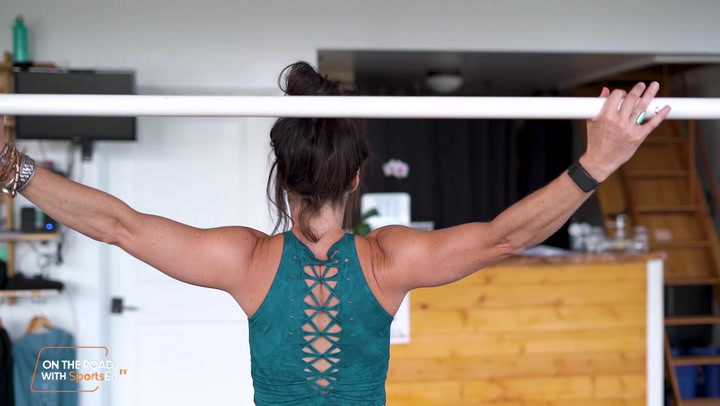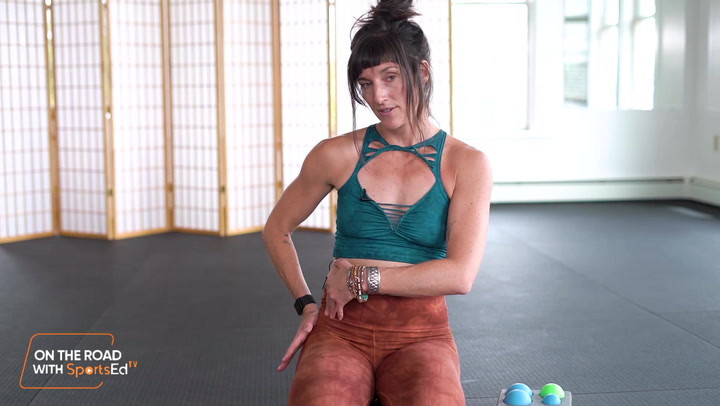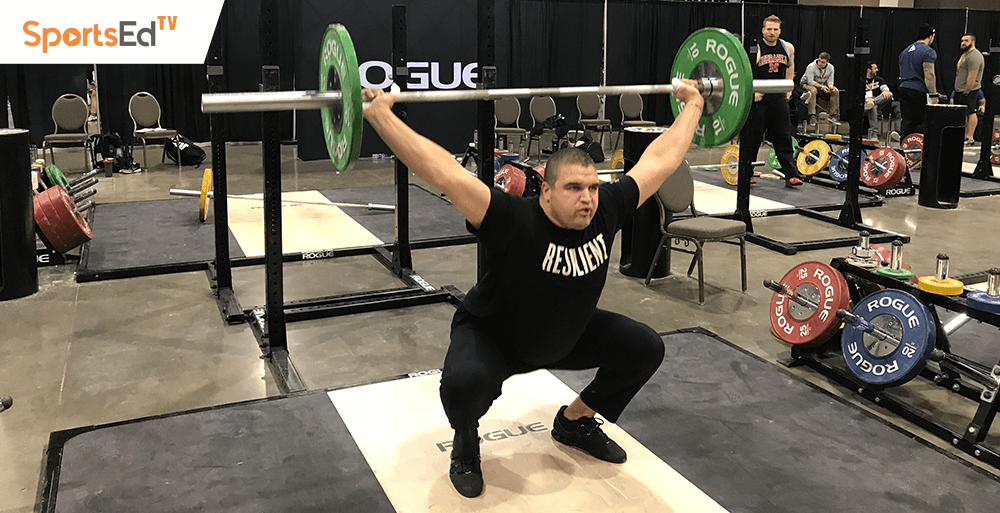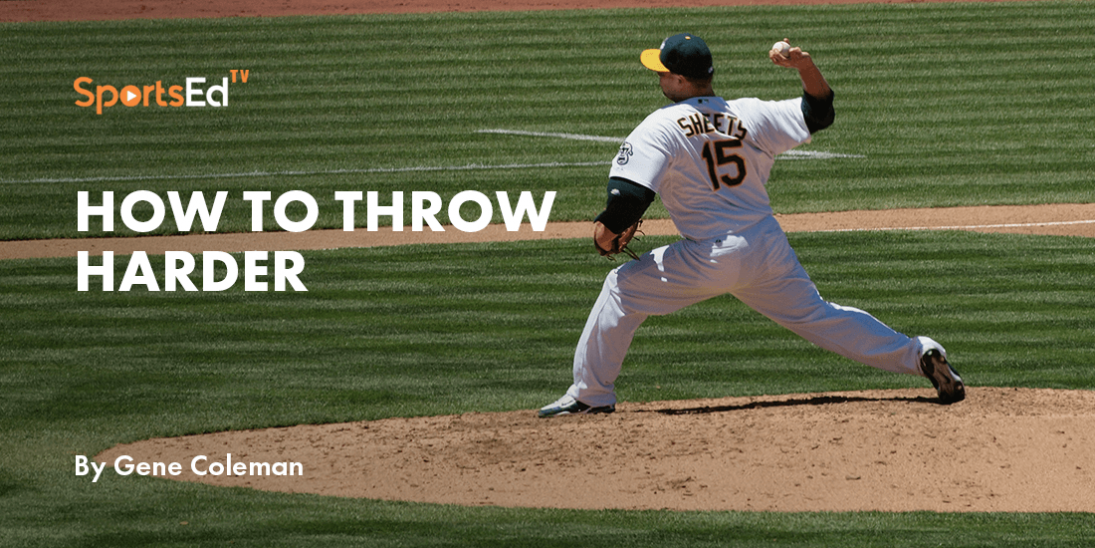Strength And Conditioning
Welcome and thanks for visiting...

Flow Shala Training for Optimum Mechanics and Mindset
This SportsEdTV video tutorial is about why our training practices here at Flow Shalah are significant and why they're going to really help you tap into your most optimum mechanics and your most optimum mindset.
So, a couple key things to remember when you're training at the Flow. The first thing that we teach you related to behavioral change is how to track your workouts, how to be accountable for training a minimum of three, if not four times a week, and then eventually building that up to doing some sort of movement every day. Now, we know that as you're consistent with your practice, it's the small things that we do over the long term that really create big, big change.
Secondly, we are training what's called heart rate recovery. So at first you'll be taught to take your heart rate during your workouts or at the end of your workouts to track that so that you start to gather objective feedback and understanding how your body is responding to exercise. We train a very specific breathing technique, which is called the chug breath.
And, in the chug breath, we're actually triggering what's called parasympathetic nervous system. So we inhale through the nose, pause for a brief moment, and then it's a four count, exhale by the mouth while vibrating and shaking the body so you release residual tightness from the muscles you just work.
Now, by training that response, after doing a High Intensity Interval Training session, called HIIT. What you're doing is you're training your nervous system to instead of going into fight or flight, when you're exposed to stress, you're actually doing the opposite. So you're going into a calm state where you can calm your nervous system and you can recover as quickly as possible.
We call that recovery based training. Look out for that and all of the HIIT classes you're going to be coached on. It's a skill that you can build that's really going to help you bring that off of your mat as well, so that when you're in life and there's a stressful situation that comes about, you have that automatic response to first briefly pause, assess and then release.
Then lastly, we train with ancient weaponry. We train with mace. This is a mace, which is modeled after the ancient tool called the Gada. This is the modern rendition.
We also train with clubs which are derived from Indian clubs, and you'll notice these are tools. So you really have to use your full grip confirmation. You have to really optimize your body mechanics when you're using mace.
It also conjures up the ancient archetype that we have within us that makes us feel like a warrior. So essentially, as you start to train with your mace and you start to hit those points and you know exactly where you're going, your body starts to sense with proprioceptive awareness where it should be going in space. When am I hitting my marks? How do I know I'm hitting my marks? And it allows you to get into what's called flow state.
I highly recommend taking your time with this practice. It can take three to four months before you start feeling comfortable with the pace. But once you start getting those fundamentals down, it's really, really going to broaden your understanding of global movement and functional movement training.
So, that is a bit about the why I hope that this inspires you to stay consistent with your practice, find classes and coaches that resonate with you, and make sure to get a minimum of three to four classes a week and consistently for best results.




